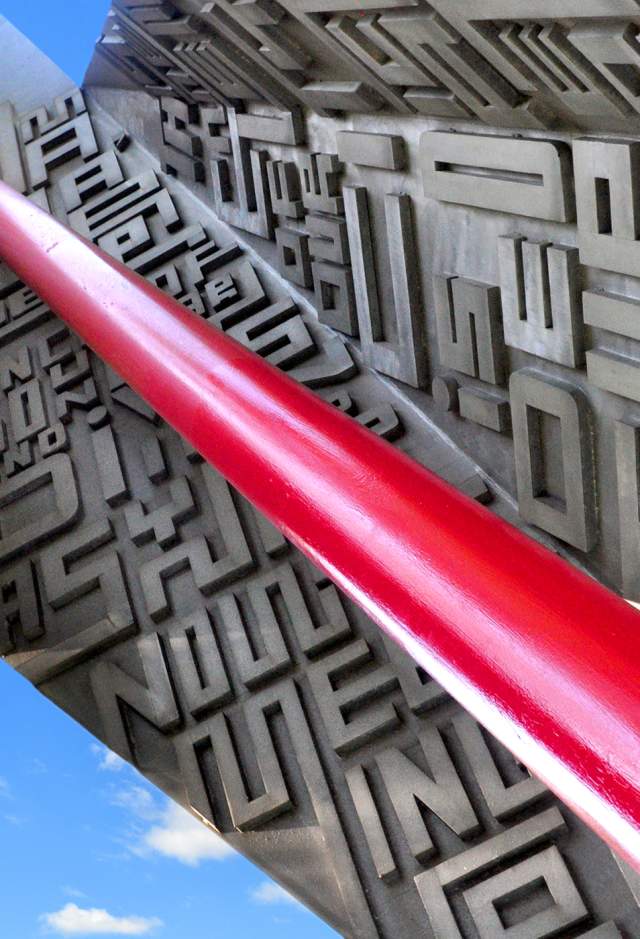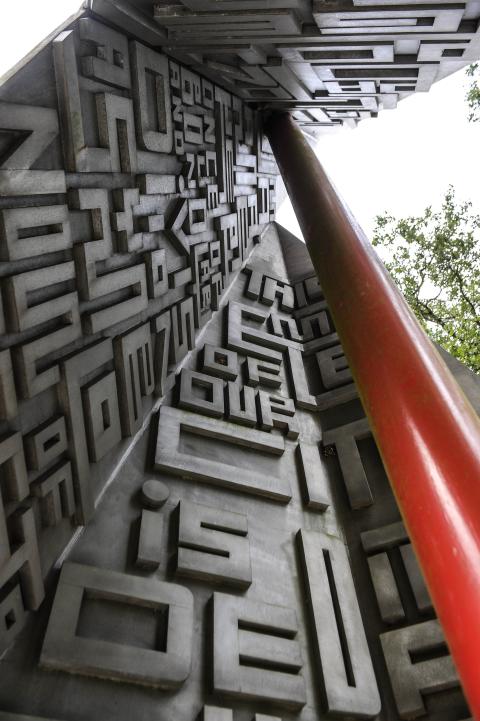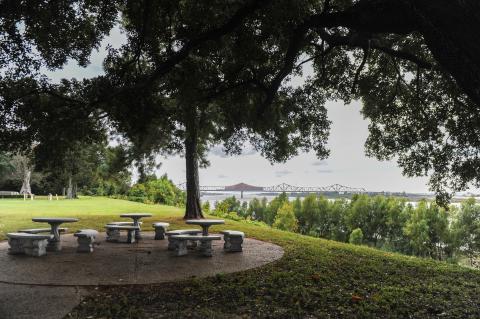Your browser is not supported for this experience.
We recommend using Chrome, Firefox, Edge, or Safari.
The Red Stick: What Does Baton Rouge Mean?
Baton Rouge, or "The Red Stick," carries a name as bold as its history. Rooted in legend and rich in culture, the city's name traces back to early French explorers who spotted a cypress pole marking the divide between tribal hunting grounds. Today, that spirit of resilience and tradition lives on in Baton Rouge’s vibrant neighborhoods, culinary scene, and cultural landmarks. Whether you're drawn to its deep historical roots or the modern energy that fuels Louisiana’s capital, discovering the story behind "The Red Stick" is the perfect way to kick off your visit to Baton Rouge.
The Red Stick Sculpture
Today, at the same spot on Scott’s Bluff, a commemorative Red Stick sculpture stands tall to pay homage to how the city of Baton Rouge got its name.
Learn more about this sculpture at the spot of the legendary Baton Rouge "Red Stick" sighting.
Frequently Asked Questions
What does Baton Rouge mean?
When translated from French to English, Baton Rouge means red stick.
Why is Baton Rouge called the Red Stick?
Story has it that long ago, this area in Louisiana along the mighty Mississippi River was occupied by two indigenous tribes, the Houma Indian Tribe and the Bayougoula Indian Tribe. To settle a border conflict between them, the tribes used a cypress pole to mark the boundary dividing their hunting grounds. Explorers saw the cypress pole and dubbed the area “le bâton rouge.”
Who was the explorer that named Baton Rouge?
French-Canadian explorer, Pierre Le Moyne d’Iberville, named the area “le bâton rouge” while making his way upriver during an exploration in 1699.
When was Baton Rouge founded?
In 1810, the area became part of the colonies and in 1817, the town was officially incorporated as “Baton Rouge.”
Where was the original Red Stick located?
The original Red Stick is said to have been located at Scott’s Bluff, by Southern University’s campus.
Can I see the Red Stick?
While the original Red Stick is no longer there, locals and visitors can see the commemorative Red Stick sculpture and landmark by late SU alumni, Frank Hayden, at the same spot on Scott’s Bluff.











